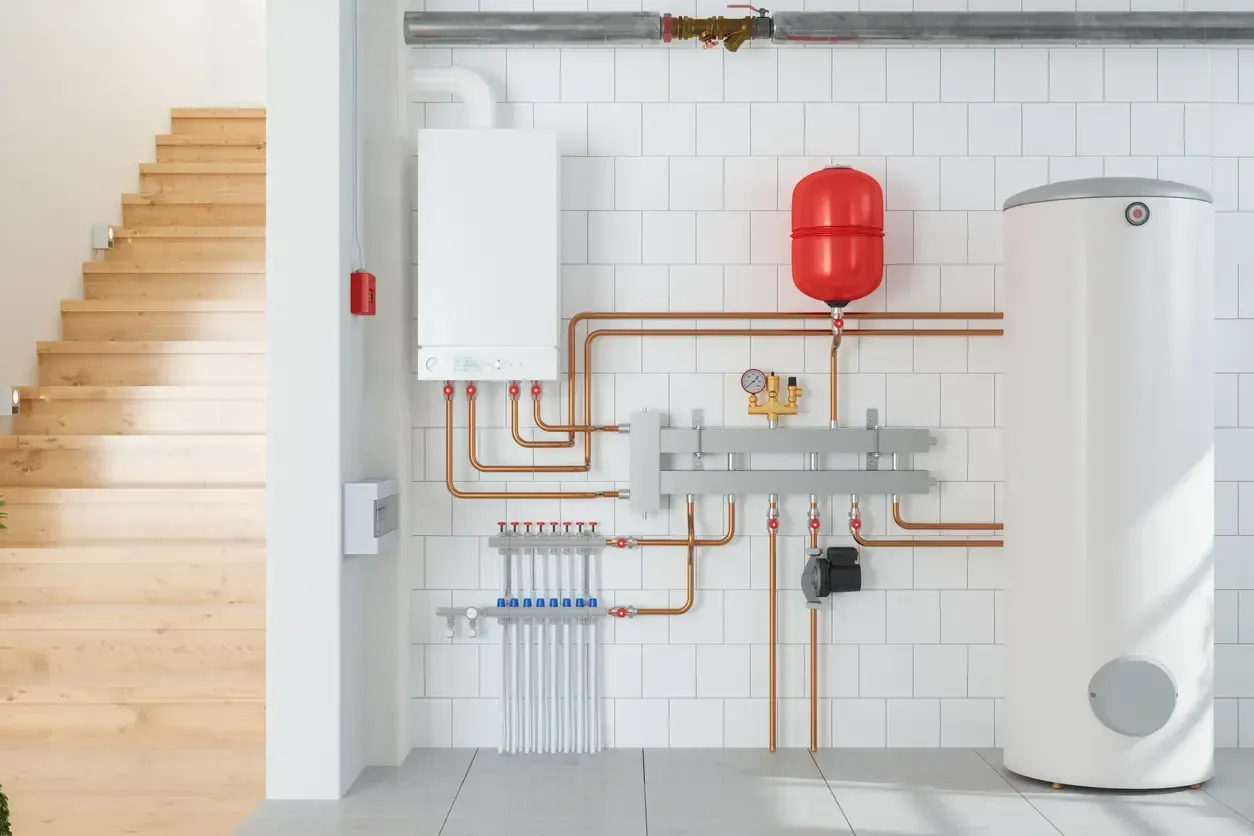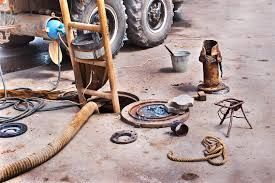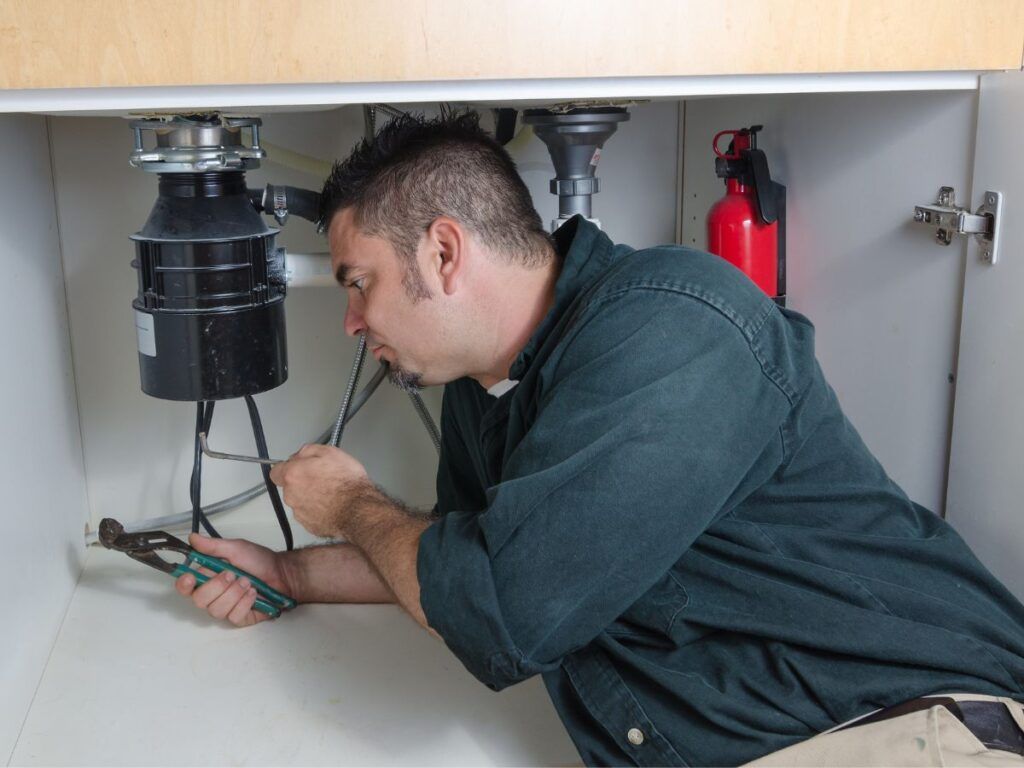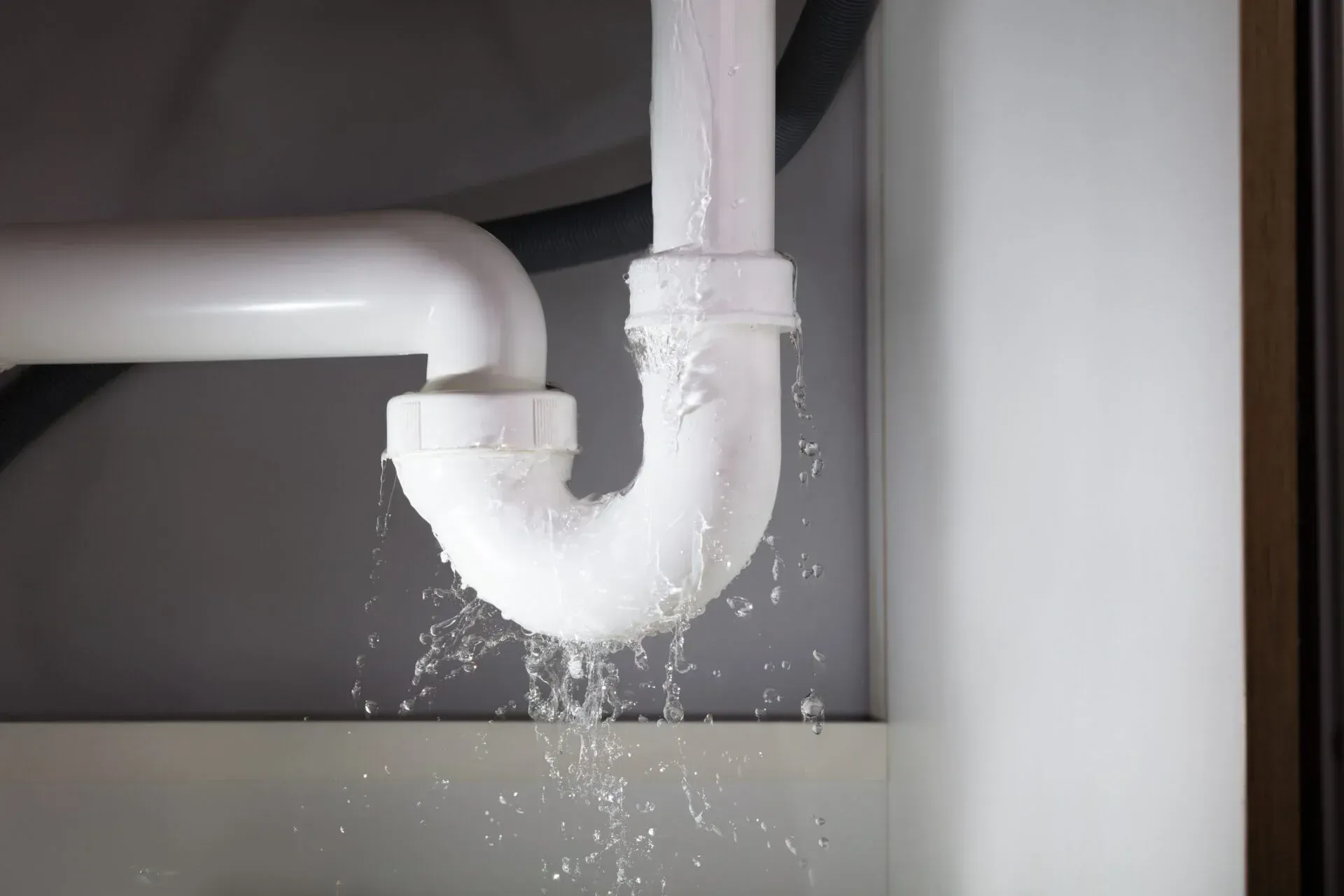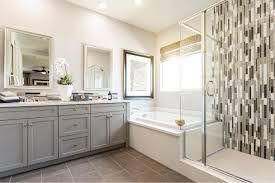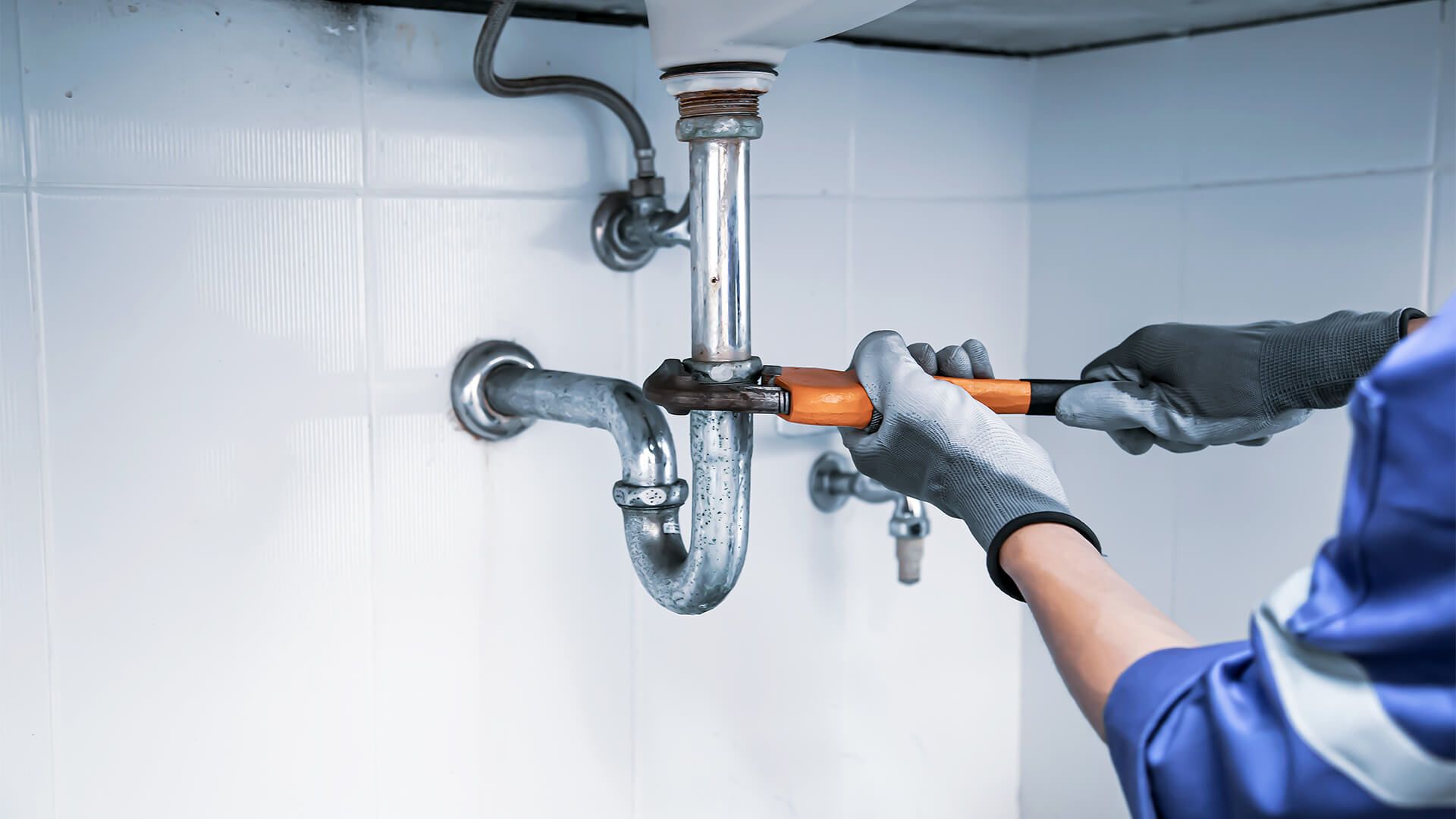New Addition- Tips When Adding a Bathroom
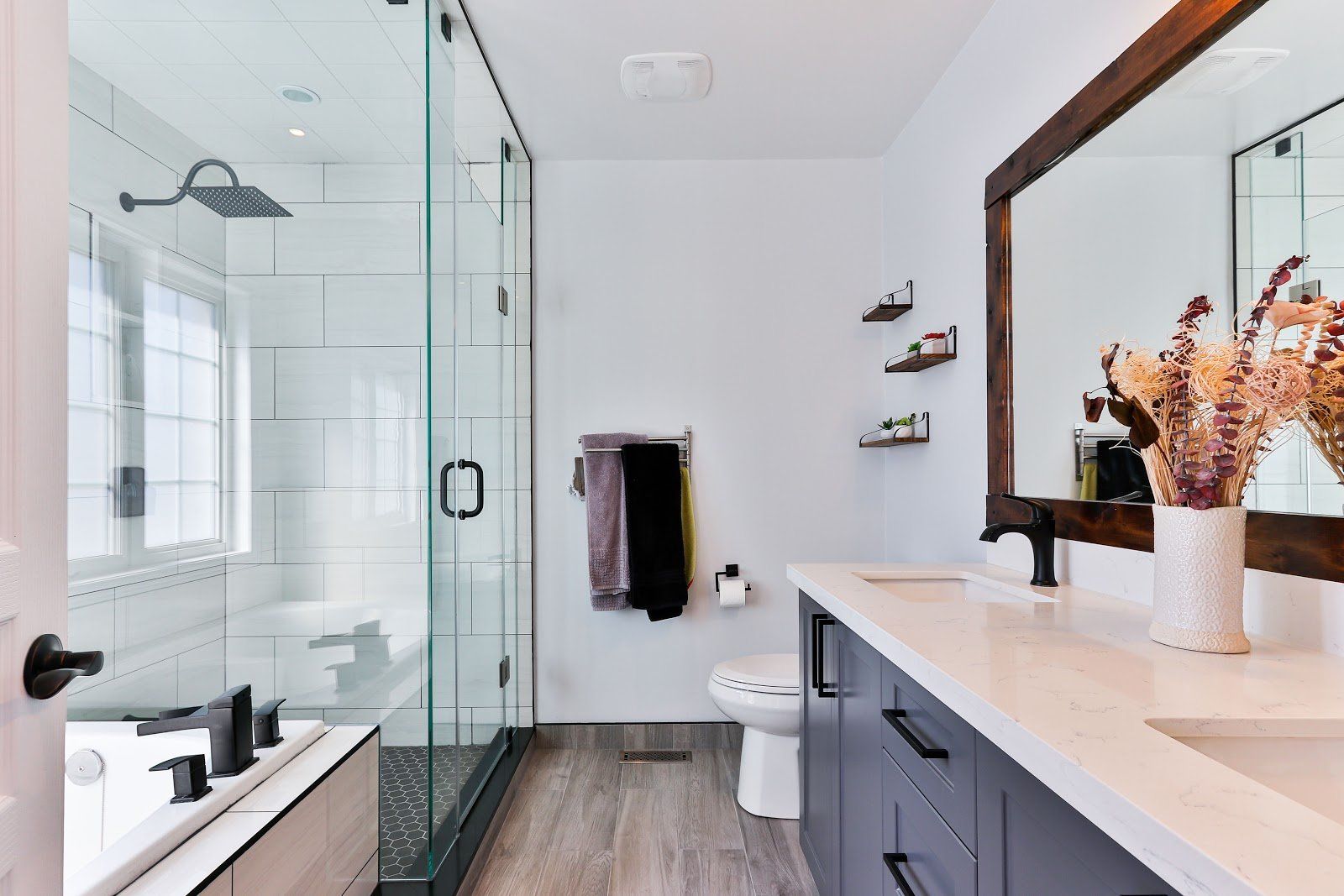
Adding a bathroom to your house is helpful for growing families or when you want more from your current bathroom. It’s possible to do it yourself, but it’s important to plan correctly and to remember the tips we’ve included here.
Planning
This is quite possibly the most important part because if you don’t plan well, you could run into some serious issues too far into the process. And issues equal more money. Go ahead and plan for the renovation to take 4-9 weeks, depending on the size of your project and your available time. If you are designing your new bathroom, use Google and Pinterest to your advantage for some inspiration on layout, styles, colors, and fixture types. Here are a couple of things to consider while planning your bathroom addition:
– The right location. Before getting started, you have to pick the right location- the bathroom must have ventilation. Try to find a space with a window already built-in or you’ll have to install in a duct fan or a new window. Next, make sure your floor joists can handle the potential weight of your new bathroom fixtures, which can weigh up to 20 pounds per square foot. For a low-cost addition, it’s important to choose an area of your home that has easy access to drainage system lines and electrical wiring- think kitchen, laundry room, or even existing bathroom. If you’re wanting a bathroom addition that’s not near the systems you need, we’re able to come in and install new plumbing and drainage system lines.
– Finances. Is this a DIY project because you want to save a few bucks? Do the math. Consider all the tools, equipment, and supplies you will need to purchase and then the amount of time you need to dedicate to the project outside of your other work. It’s a good idea to call us, All City Plumbers, your Birmingham residential plumbing company first for an estimate to make sure you’re not spending way too much time and money by remodeling on your own.
Tips
· Use copper, CPVC (chlorinated polyvinyl chloride), PEX (cross-linked polyethylene). Don’t use PVC, as it is not suitable for indoor, residential plumbing.
· Connect directly off the supply line if at all possible. Connecting elsewhere can create a “competition” for hot water between fixtures.
· Don’t use galvanized pipes for your new bathroom, but don’t feel like you have to replace current galvanized piping (if it’s in good shape). Copper or plastic pipes are more hygienic and easier to install and they last longer.
· If your new bathroom needs a door, make sure to install one that swings out or even a sliding door. This will make it easier to get in and out of the bathroom while leaving plenty of room to access everything.
· The correct order is everything. Once the major parts are done, the plumbing is set up, and the sheetrock is up, make sure you go in this order: bathtub, flooring, then the toilet, cabinets, sinks, mirrors.
Plumbing from the Professionals
Maybe taking on a bathroom addition seems like too much to take on or maybe you want to do it yourself, but need guidance on the plumbing system. Plumbing is an integral part of your bathroom addition. All City Plumbers offers bathroom plumbing services from shower and toilet installations to drainage system line installation. You could make it a DIY project, but when you have access to professionals who will do the job correctly, efficiently and at a reasonable price, why would you? If you’re interested in adding a half-bath or a full bathroom to your home, contact All City Plumbers for Birmingham residential plumbing. We’ll give you guidance on all of your plumbing projects or simply do them for you.
We understand that plumbing disasters can happen any time of day or night, so remember we are available 24/7 for emergency service at 855-266-7682.
